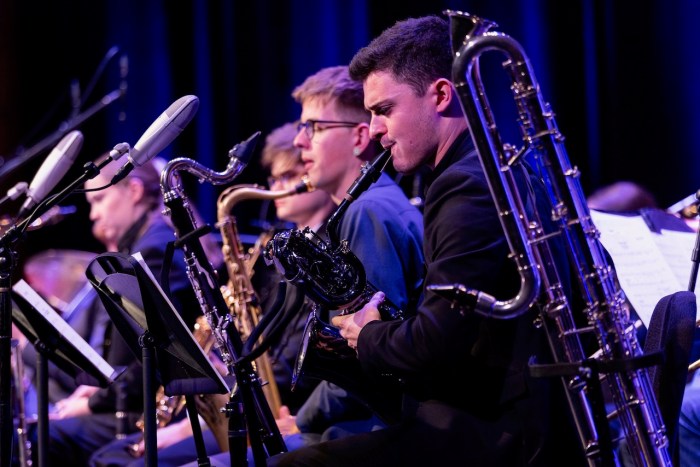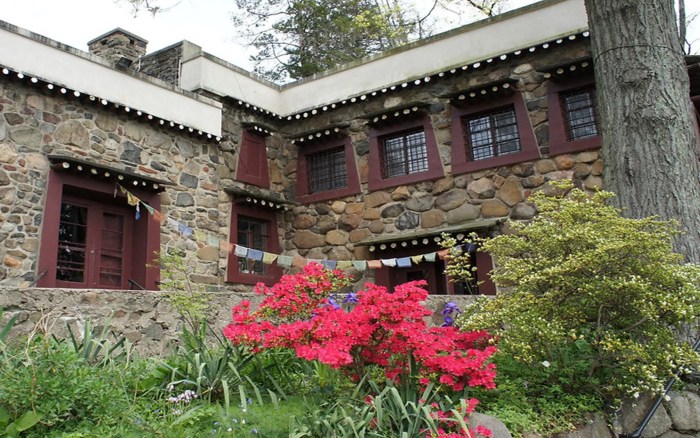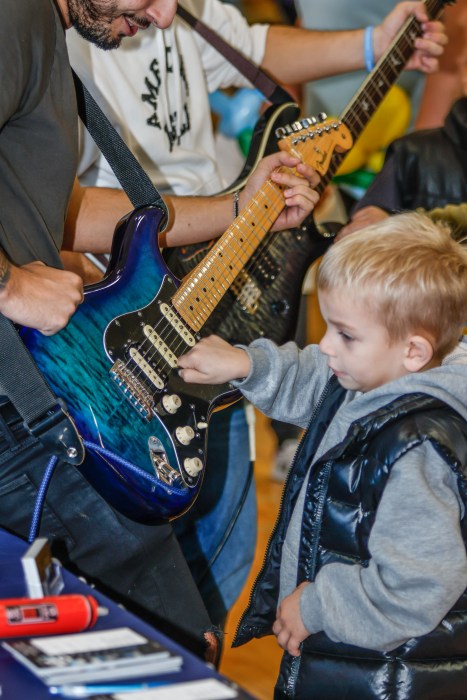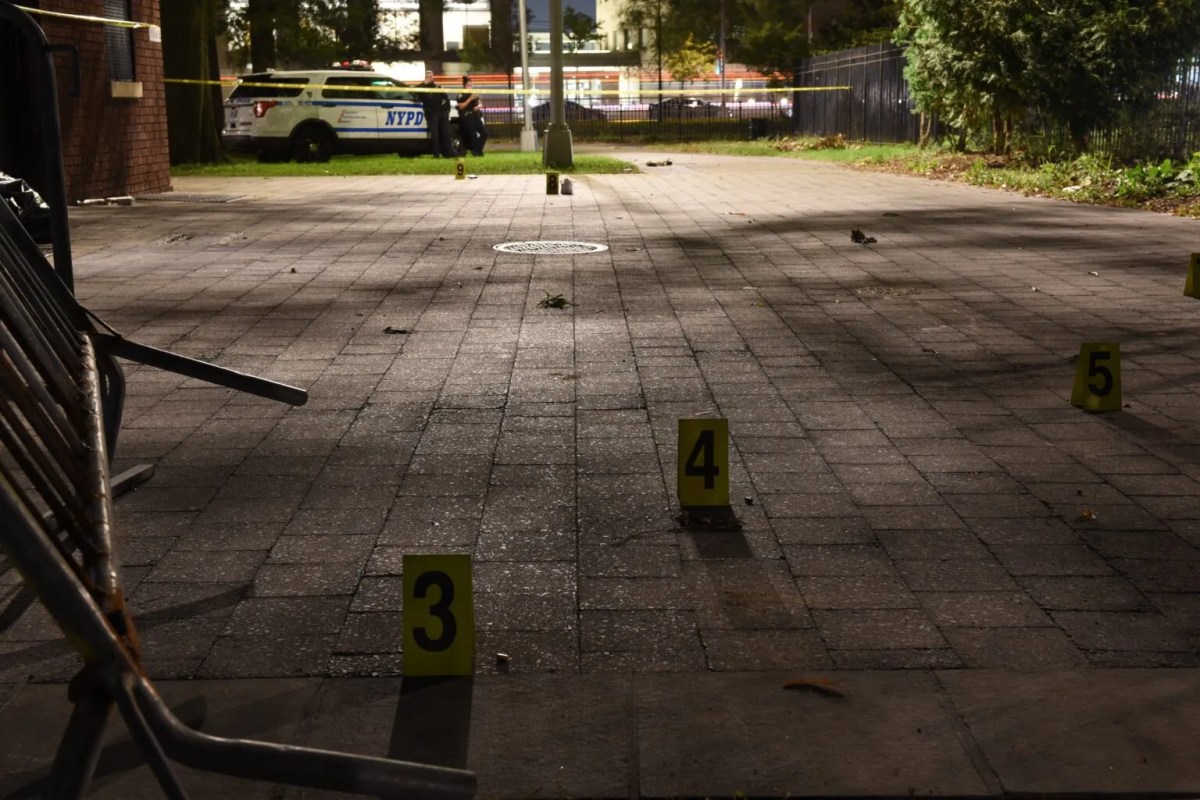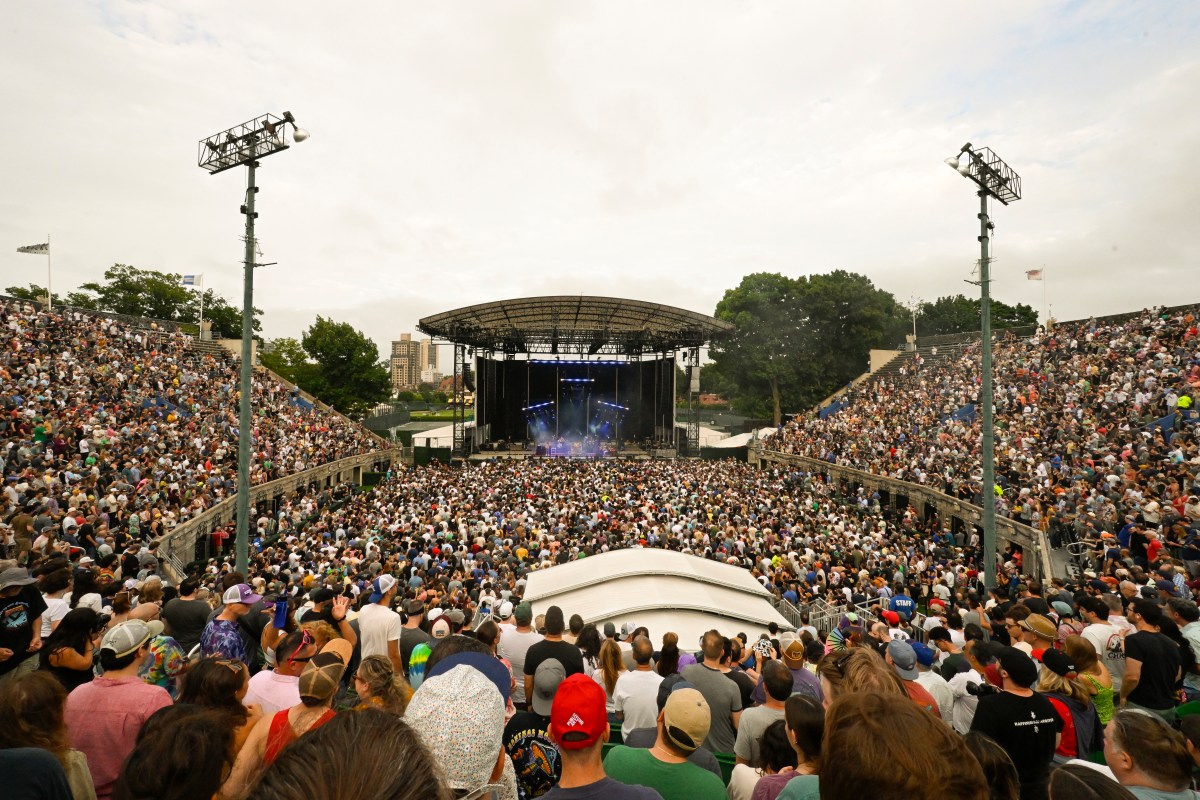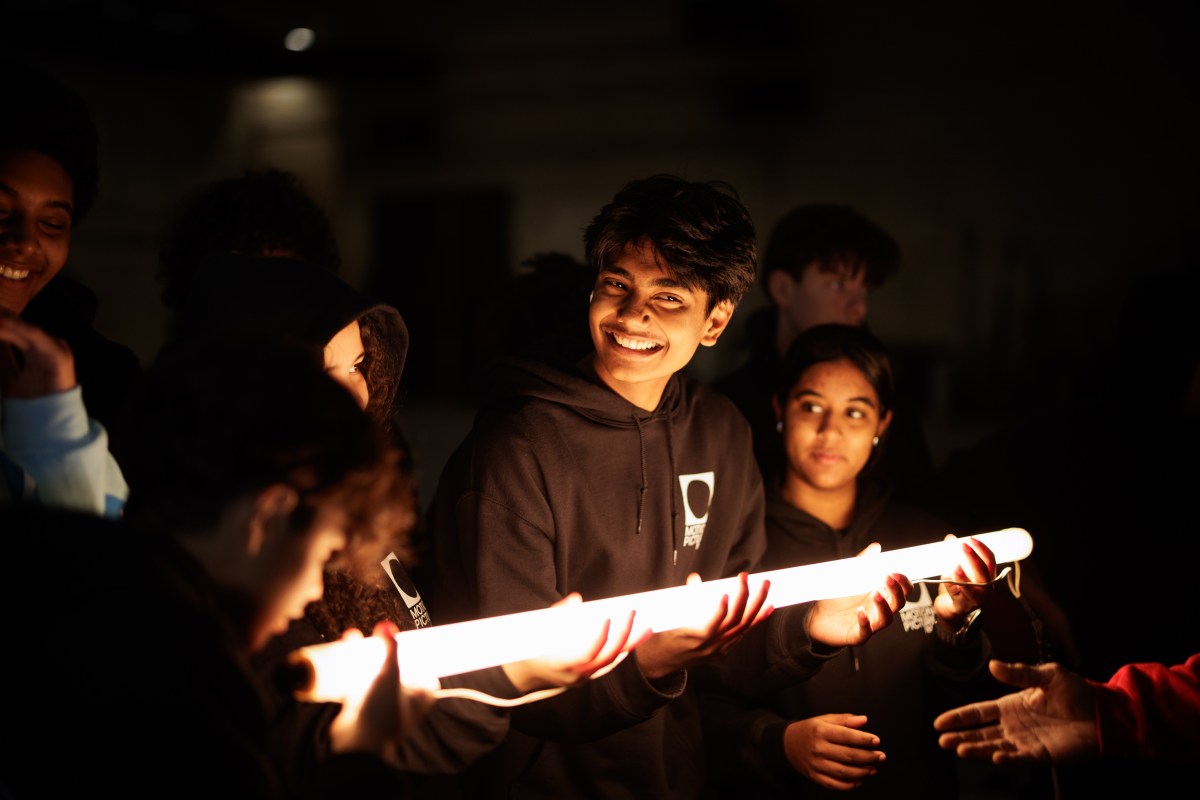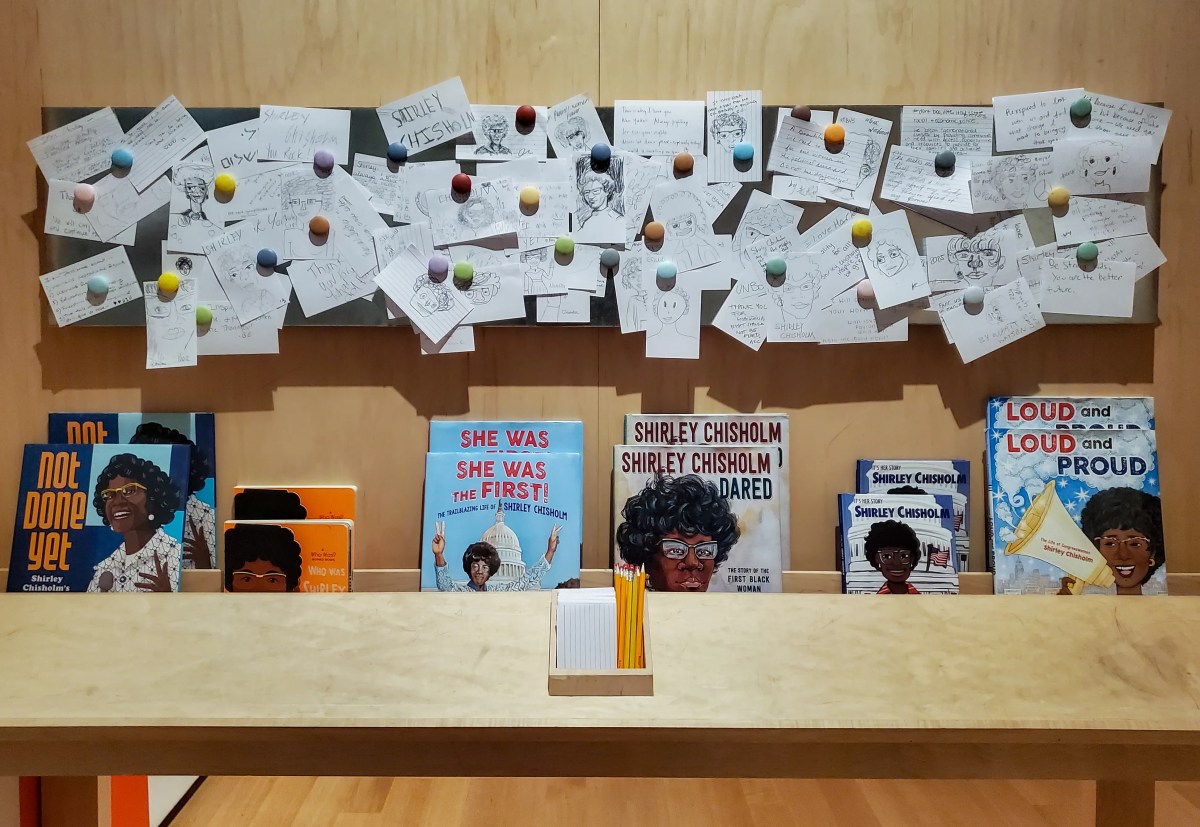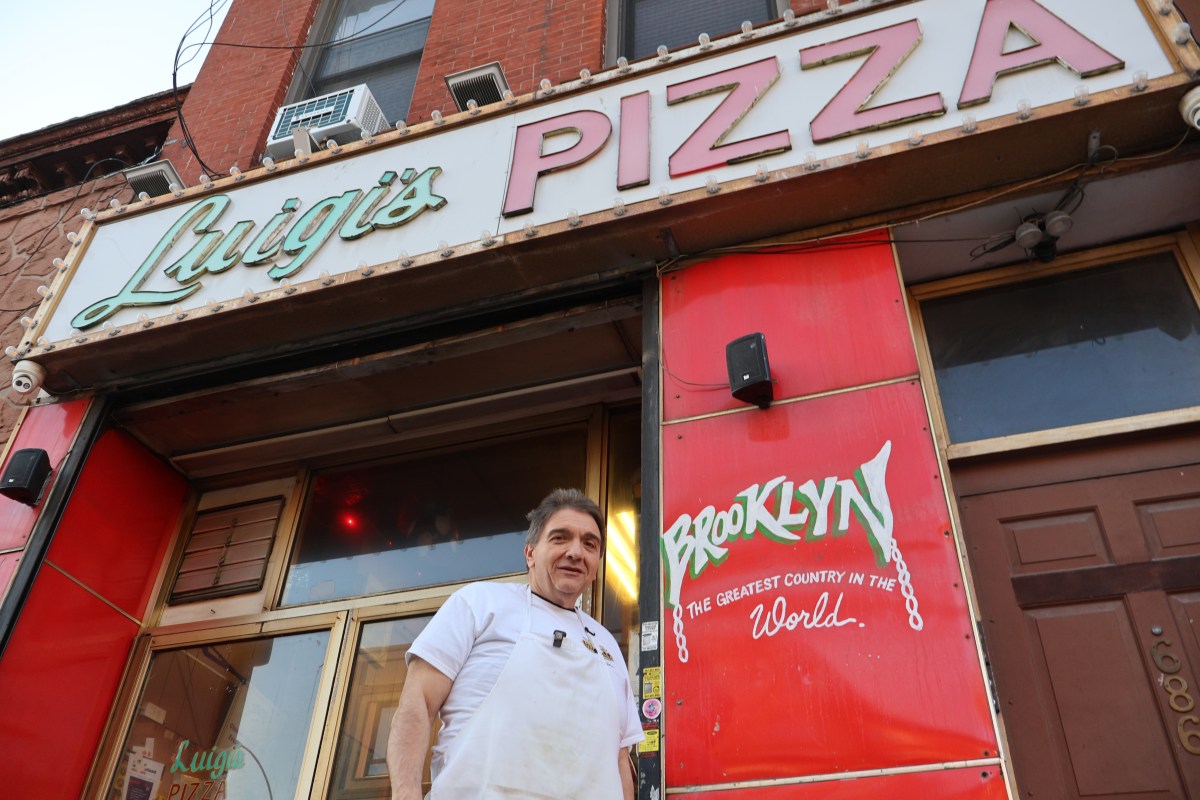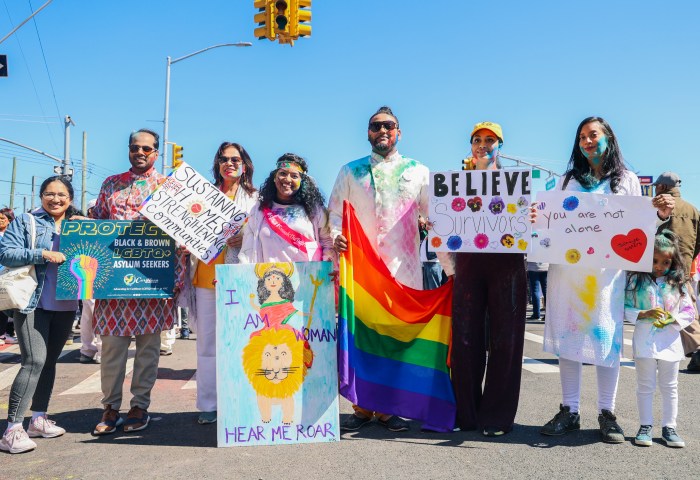By Andrei Codrescu
“Buy us back, Chirac!” was one of the slogans of the Krewe de Vieux parade marching in the cold of night. The taped refrigerators marched, the corpses floated by, the Krewe de Jieux rotated in a mad, bearded hora — like rabbis on speed, two huge, naked papier-mâché women named Katrina and Rita were having lesbian sex, a sea of hard hats bobbed up and down under the balcony over Molly’s and a strand of medium-sized, ruby-red beads nearly ripped out my left eyeball. The balcony teetered perilously from the swarm of people on it and I was afraid to go too close to the edge just like in past years when I was sure we’d collapse into the street and flatten a float. It didn’t happen, but there were a lot of flattened people working hard to maintain an elusive high that came with the booze and went with the stories. Five people I talked to lived in emergency trailers, but two of them stayed away as much as possible even if it meant spending the night with somebody they just met if they had a regular house. A Loyola professor told me that Loyola had its own trailer camp but that there was nobody in it. The mystery of a New Orleans choked with traffic, though with just one third of the people back in the city, was finally explained: Cars are the only place where you can be alone. Trailers and houses are full of folks and tensions are high, so people ride around in their cars just to be on their own. A young woman smiling sweetly into her rum and coke explained that she had to leave her hotel by next week and had no idea where she was going to go. A girl from Boston, raised in a small religious community in New York, had come to New Orleans to help. She drank no alcohol, but she had gotten a job in a lingerie shop while pondering the best way to soothe us in our distress. I kept snapping half-hearted pictures like I do every Mardi Gras and, just like every Mardi Gras, they were mostly of half heads, the glints of people’s eyeglasses, fuzzy flying beads and unidentifiable lights. My photos are so bad you can call them art and some people actually have. But that was about the only thing that was reassuringly the same. Too many stories of woe got me down so I went home early this first Mardi Gras parade after the storm and turned on the TV to that station that just shows images of devastation without comment. There it was, New Orleans, house by house in ruins, over and over, empty of life, full of tokens of lives gone. Then I watched the station that runs meetings of New Orleans citizens with various commissions 24/7 and I listened to an angry artist tell a faceless podium that culture is what the city is all about. He was followed by an angry woman who demanded more music and less tourism. Then a tourism marketing person got herself up on her high-heels and over-articulated her gratitude to the faceless commission for something I couldn’t understand. Meanwhile, the government is broken, the state is broken, and the city lies about in shards. The first public spasm of pleasure in the city since the storm was the Krewe de Vieux parade, but I just couldn’t get in the spirit. It must be the alcohol: they just don’t make it as strong as they used to.
www.downtownexpress.com
WWW Downtown Express





